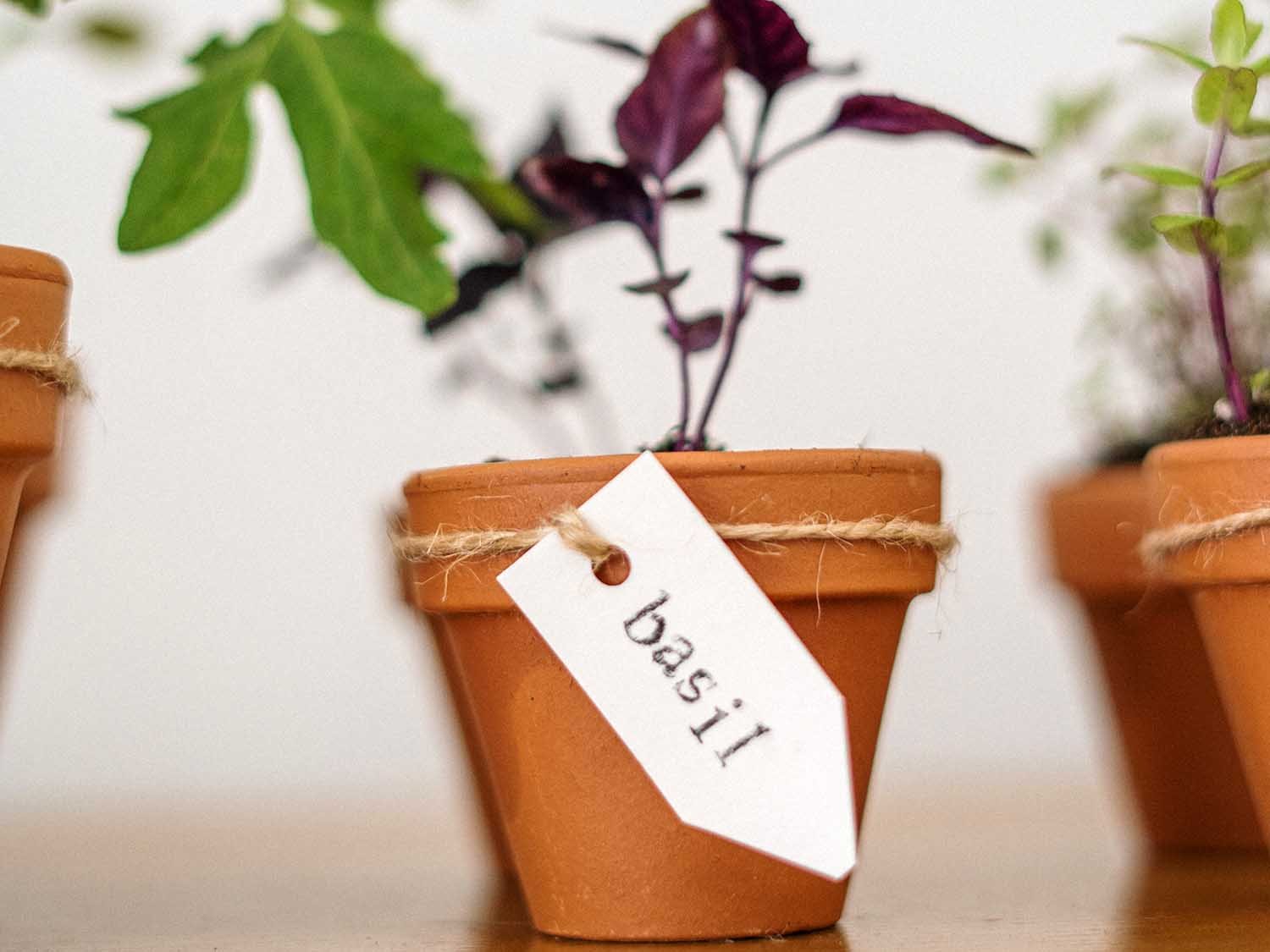Planting an Eco-friendly Herb Garden
Starting an Eco-friendly Herb Garden
Spring is right around the corner. Starting an eco-friendly herb garden is a great way to kick it off and grow your fresh, flavorful herbs while reducing your environmental impact. Here are some tips to get you started:
Choose the right location: Pick a sunny spot in your yard or on your balcony that has well-draining soil. Consider starting a windowsill garden if you don't have an outdoor space.
Use eco-friendly containers: Avoid plastic containers and opt for biodegradable or recycled materials, such as terracotta pots or repurposed containers, like old kitchen containers.
Select drought-tolerant herbs: Herbs like rosemary, thyme, and lavender are well-suited to dry conditions and require less water. This will reduce your overall water usage and conserve resources.
Use organic compost: Fertilize your herbs using organic compost instead of chemical fertilizers to avoid harmful chemicals in the soil and water.
Practice companion planting: Planting herbs together that have complementary growth patterns and nutrient requirements can improve the health of your garden and reduce the need for fertilizer and pesticides.
Consider vertical gardening: Vertical gardening is a space-saving method that can reduce the amount of land required for gardening, conserve water, and increase yields.
Attract beneficial insects: Encourage beneficial insects like bees, butterflies, and ladybugs to your garden by planting flowers and herbs that attract them. These insects help to pollinate your plants and control pests. Some good herbs that attract bees are oregano, rosemary, chives, thyme, and sage.
By following these tips, you can start an eco-friendly herb garden that is healthy for both the environment and you!
If you're just starting out with herb gardening, it's a good idea to begin with herbs that are easy to grow and maintain. Here are some of the easiest herbs to grow:
Basil: This herb loves warmth and sunlight, and is best grown in a warm and sunny spot in your garden or on a windowsill.
Mint: Mint is a fast-growing herb that is very hardy and easy to care for. It can be grown in the ground or in pots and will thrive in a variety of soils.
Chives: Chives are a low-maintenance herb that grows well in both full sun and partial shade. They can be grown in pots or directly in the ground and will come back year after year.
Thyme: Thyme is a tough, low-growing herb that is easy to care for and can be grown in a sunny spot or in partial shade. It is a hardy herb that is resistant to pests and diseases.
Rosemary: Rosemary is a fragrant herb that is easy to grow and care for. It prefers well-draining soil and a sunny spot, but will tolerate some shade.
Parsley: Parsley is a hardy herb that can be grown in full sun or partial shade. It is an excellent herb for containers and is often used as a garnish or to add flavor to a variety of dishes.
By starting with these easy-to-grow herbs, you can get a feel for herb gardening and build your skills for growing more challenging herbs in the future.
Don’t forget to spruce your herb garden up with these custom-engraved slate stakes!
Tips for Picking Your Herbs
Picking your herbs at the right time is important to ensure that they have the best flavor, aroma, and potency. Here are some general guidelines for when and how to pick ready-to-use herbs:
1. Timing: Harvest herbs at their peak flavor and aroma. This is usually in the morning after the dew has dried but before the day's heat has set in. The time of year and the specific herb will also determine the optimal time for harvest.
2. Method: Different herbs can be harvested in different ways. Some herbs, such as basil and cilantro, can be harvested by pinching off the leaves or stems with your fingers. Other herbs, such as rosemary and thyme, can be harvested by cutting off a stem or two with scissors or pruning shears.
3. Leaves: For leafy herbs such as basil, oregano, and parsley, you can pinch off individual leaves or cut off entire stems. Be sure to leave some leaves on the plant, allowing it to continue growing and producing.
4. Stems: For herbs with woody stems, such as rosemary, thyme, and sage, it's best to cut off the top 4-6 inches of the stem. This will encourage the plant to produce new growth and prevent it from becoming too woody and difficult to harvest.
5. Flowers: Some herbs, such as chamomile, lavender, and calendula, are harvested for their flowers. When harvesting, cut the stem just above the first set of leaves to encourage more flowers to grow.
6. Drying: If you want to dry your herbs for later use, it's best to harvest them just before they reach their peak flavor and aroma. Tie the stems together in small bunches and hang them upside down in a warm, dry, and well-ventilated area until completely dry.
By following these guidelines, you can harvest your herbs at the right time and in the right way to ensure that they have the best flavor, aroma, and potency.


